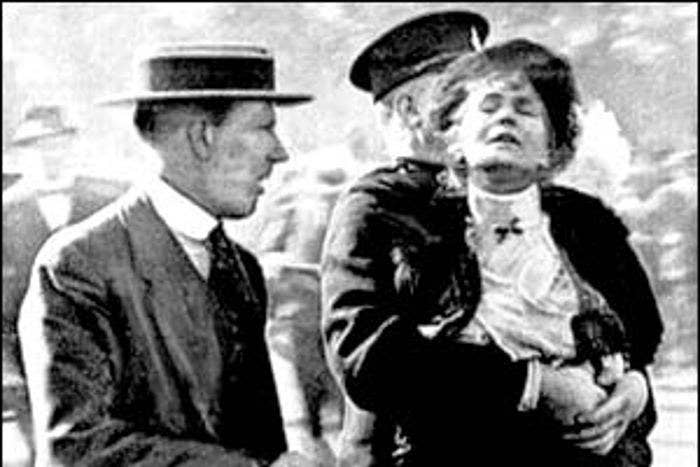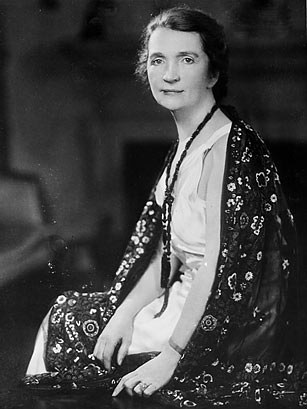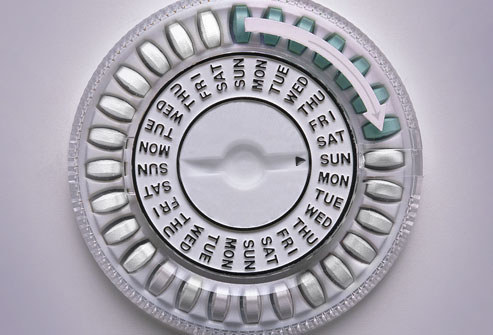
Where Did Birth Control Begin?
The act of using birth control dates back to some 3000 BC, when condoms made of animal bladders, animal skins, or linen sheaths, were used to prevent pregnancy. Eventually, spermicides made their way into popular use. When Charles Goodyear started making vulcanized rubber in 1839, other forms of contraceptives began to emerge, including rubber condoms, intrauterine devices, and womb veils (a pessary made of rubber).
In 1873, Congress passed laws making birth control and contraceptives illegal. They outlawed the propagation of contraceptive education, awareness, and availability. Throughout the 1880s and into the early 20th century, contraceptives continued to be developed, despite the laws preventing its distribution.

The Turning Point for Women's Rights
With the first oral contraceptive for women, came the controversy of who should be allowed to use such forms of birth control. Enovid, a contraceptive pill, was approved for use by the FDA in 1960, but it wasn't until 1965 (in the case of Griswold v. Connecticut) that married couples were finally given the right to decide whether contraceptive use should be in their family planning arsenal. Ruled a right to privacy, the Supreme Court decided that use of contraceptives were a Constitutional right. This ruling excluded unmarried women, leaving millions of women without birth control.

Then, in 1972 during the case of Baird v. Eisenstadt, the Supreme Court legalized birth control for all women. Now, contraceptives would be available to any woman, regardless of her marital status.
What Did This Mean For Women?
When birth control became more widely available, the rights of women everywhere were changed. Now, they had the right to choose when and if they became mothers, giving rise to new opportunities. College attendance by women of childbearing age rose by significant levels, and more women joined the workforce. According to Dr. Gilbert Webb, a high risk obstetrician at Midwest Maternal-Fetal Medicine, more women are having babies after 35 than ever before. If they have the proper prenatal care, these births can be healthy and successful.


